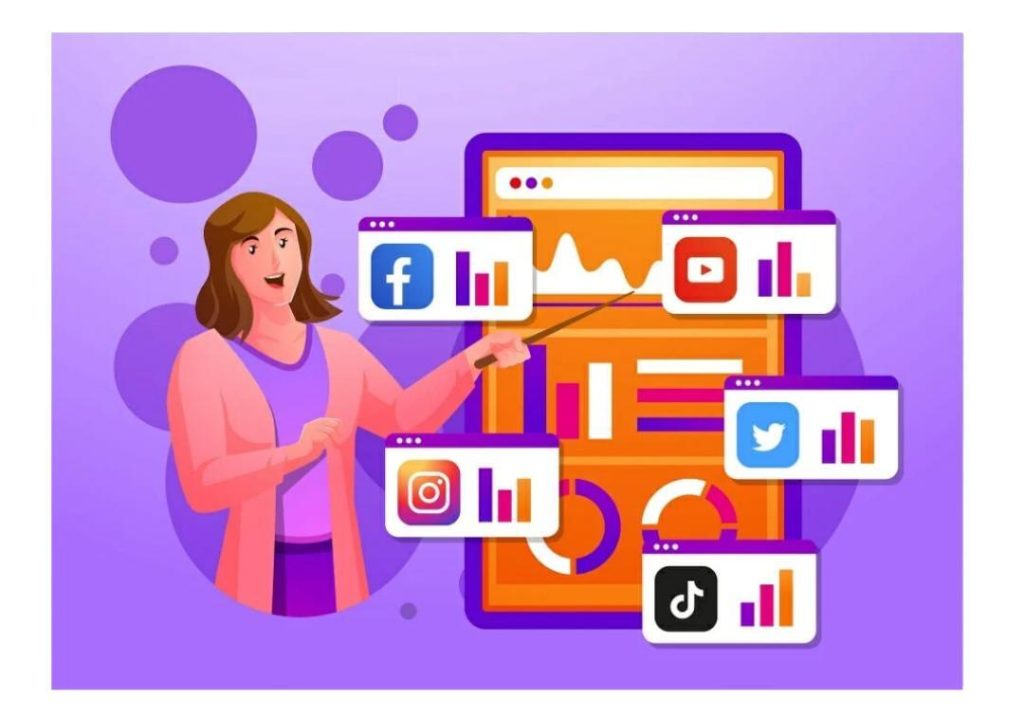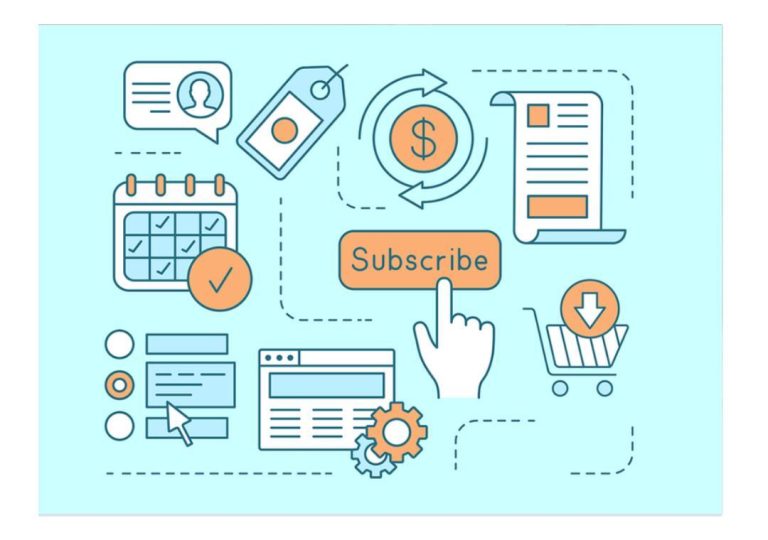
Is Your Marketing User-Focused or Just Widespread?
In today’s digital landscape, omnichannel marketing has become a buzzword that’s thrown around quite loosely. However, the term “omnichannel” doesn’t simply mean spreading your marketing efforts across multiple channels. It’s about understanding the unique role each channel plays in the customer journey and tailoring your message accordingly.
Think of it like this: push notifications should spark urgency, in-store signage needs to inform, and emails can dive deeper and explain. When your message aligns with how each channel is used, it feels tailored, not forced. That’s when relevance turns into real impact.
The key to a successful omnichannel marketing strategy is to understand how each channel contributes to the overall customer experience. This is where many marketers go wrong – they focus on being everywhere at once, without considering the specific strengths and weaknesses of each channel.
For instance, take social media. While it’s an excellent platform for building brand awareness and engaging with customers, it’s not the best place to make a hard sell. On the other hand, email marketing is perfect for nurturing leads and driving conversions. But if you’re using social media to try to close deals, you’re likely to come across as insincere or even annoying.
Another common mistake is to assume that each channel is interchangeable. This is especially true when it comes to messaging. Just because a message works well on social media doesn’t mean it’ll resonate with customers in-store or via email. Each channel has its own unique tone, pace, and style, and neglecting these differences can lead to a disjointed customer experience.
So, how can you ensure that your marketing efforts are user-focused and not just widespread? Here are a few key takeaways to keep in mind:
-
Know your customer: Before you start planning your omnichannel marketing strategy, you need to have a deep understanding of your target audience. What are their pain points, values, and goals? What channels do they use most frequently? What types of content do they engage with? The more you know about your customer, the more you can tailor your message to resonate with them.
-
Define your goals: What do you want to achieve with your omnichannel marketing strategy? Do you want to increase brand awareness, drive conversions, or improve customer engagement? Knowing your goals will help you determine which channels to focus on and how to allocate your resources.
-
Choose the right channels: Not every channel is right for every brand. Take the time to research which channels your target audience is most active on and which ones will help you achieve your goals. For example, if you’re a B2B brand, LinkedIn may be a more effective platform than Instagram.
-
Create channel-specific content: As we mentioned earlier, each channel has its own unique tone, pace, and style. Make sure your content is tailored to each channel and takes into account the specific user behaviors and preferences of that channel. For instance, a brief, attention-grabbing message may be perfect for a push notification, while a longer, more in-depth piece may be better suited for an email.
-
Measure and optimize: Finally, don’t forget to measure the effectiveness of your omnichannel marketing strategy and make adjustments as needed. Analyze which channels are driving the most engagement and conversions, and adjust your strategy accordingly.
In conclusion, omnichannel marketing isn’t about being everywhere at once – it’s about being thoughtful and intentional about how you use each channel to connect with your customers. By understanding the unique role each channel plays and tailoring your message accordingly, you can create a customer experience that feels tailored, not forced.
Source:
https://www.growthjockey.com/blogs/key-elements-omnichannel-operating-model






